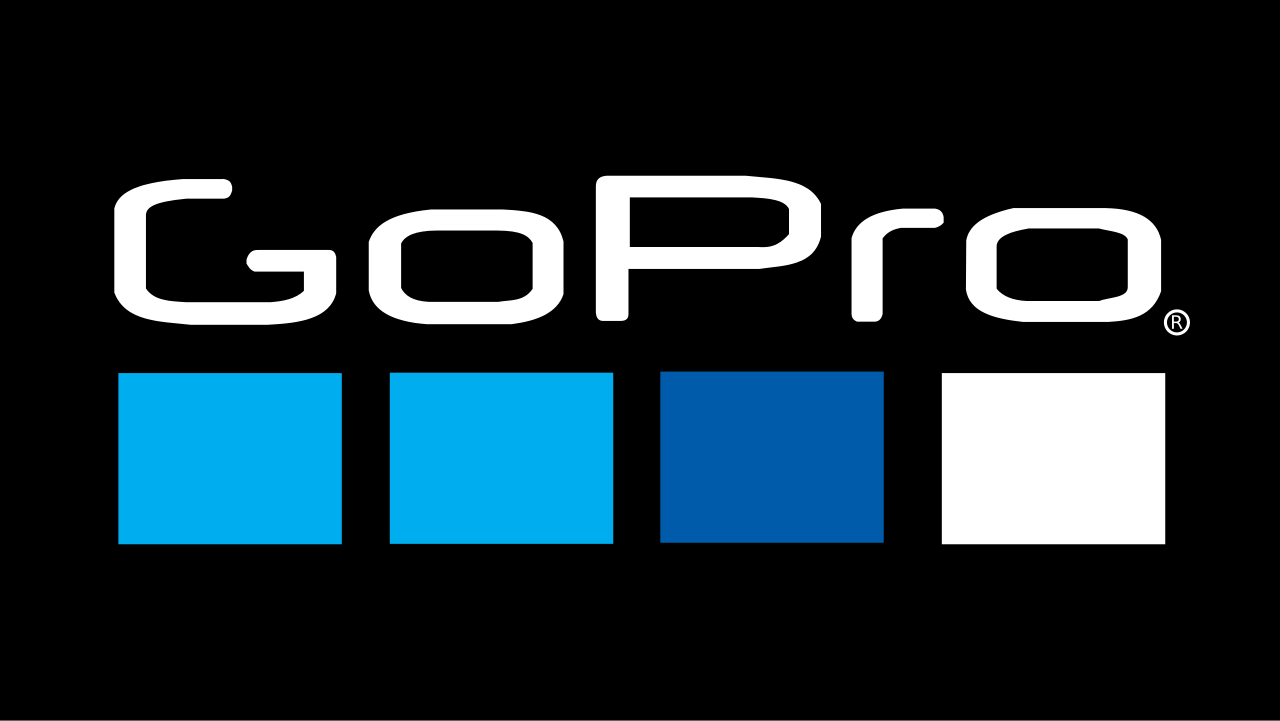In this blog post I want to tell some about why and how I started to make science videos. I started making videos about a year ago and have made 4 videos up to now. Please check out these videos in the Videos section.
About 1 year ago I run into the EGU’s Communicate Your Science Competition, where early career scientists can submit videos, with the aim to communicate their research to a wider audience. After watching some of these videos I was thinking: “How hard can it be?” (to use one of Top Gear’s famous catch phrases). Currently, my research focuses on modeling, which is pretty boring from a science video perspective. But at that time, I was taking over some field work of a colleague, so I thought, why not bring a camera one day and make a video of the field site, to show the work we are doing there.
A few months before, I got a GoPro as a present, which is a pretty awesome camera. I also bought a cheap accessory pack, with a ton of clamps and chest mounts, that can be used to mount the GoPro on practically anything. The first video was shot in a small catchment at about one and a half hour drive from our research institute. To arrive to the field site, you have to drive through a small canyon, so I thought it would be a good idea to mount the camera on the car. This has become a kind of trademark of my videos already, to start with a shot from the car when arriving to a field site. The rest of the video was made with the camera mounted on a chest mount and shows how I descend down to the field site and doing things I had to do over there.

Back at the office I had several gigabytes of video, so what to do next? I had never edited videos before, so I didn’t know which software best-suited my needs. After some Googling, I found DaVinci Resolve, which is a free video editing software. In the past Davinci Resolve was mainly used to perform color corrections, but now it is equally well-suited for video editing. It is a pretty big piece of software, so if you want something more lightweight, you can look into Openshot, for instance. There is also a paid version of Davinci Resolve, which opens up all features. But until now, I’m satisfied with the free version. To get familiar with Davinci Resolve, I followed this tutorial, which got me up and running.

Until now, I have made 4 videos and I’m working on the fifth video right now. With the little experience I got, I am starting to develop a workflow and spend about 2 days to make a video, that is 1 day in the field and 1 day in office. In a future blog post I will tell more about the workflow I have developed over the past year. I also started to explore the opportunities the GoPro gives, for instance by shooting slow-motion and time-lapse videos.
Like I said before, “How hard can it be?”. In fact, it isn’t really that hard to make a science video. Nowadays, anybody with a smartphone can make a video, so that is not the difficult part. Video editing is also not that difficult, but you need to be a bit fluent with the computer. I can advise all scientists to try it, because it is a very accessible way of showing your science to a wider audience and it is a lot of fun!